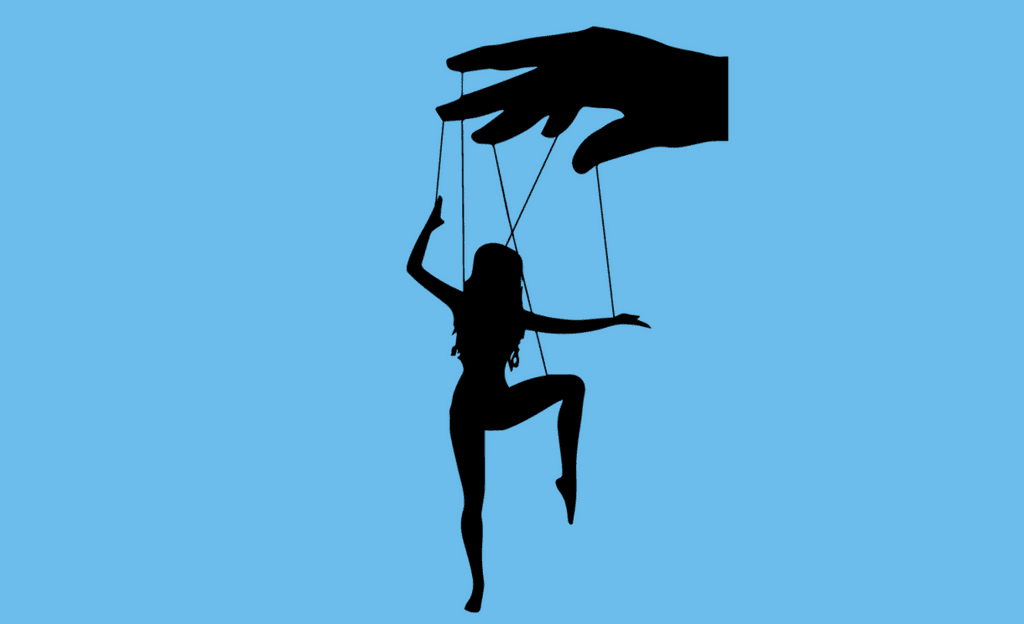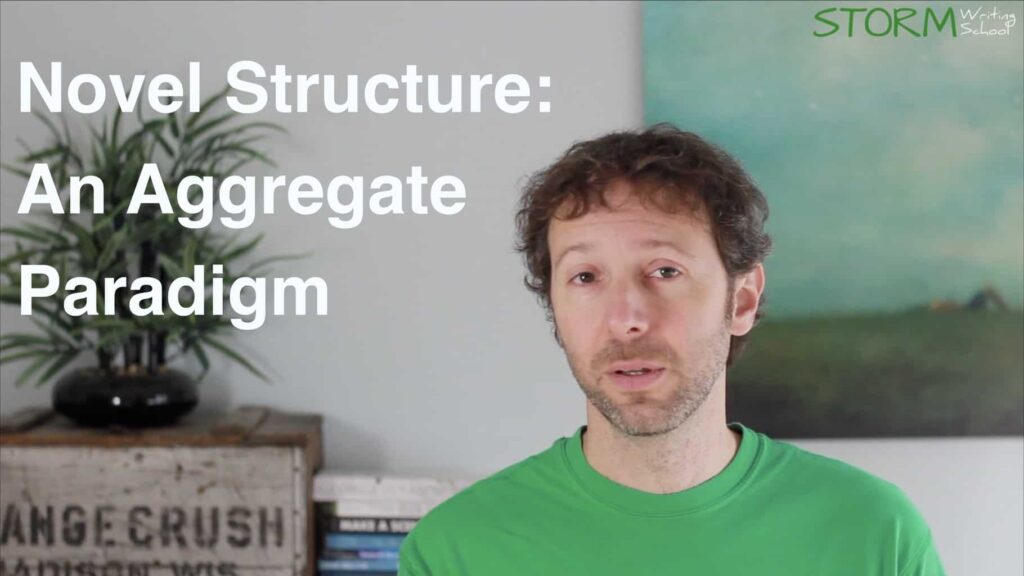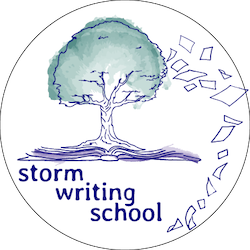Approaching the Workshop

There are lots of problems with the default workshop approach. But that’s not to say that workshopping isn’t valuable. It is. And if the workshop members have the right attitude, it can be an incredibly helpful experience for all.
How to Create Story Momentum

A story with momentum makes me want to know what’s going to happen next, and makes me care about the characters, objectives, conflicts, and action.
3 Techniques for Creating Tension

Let’s talk reader engagement. A writer can create tension and hook readers through three situations: mystery, suspense, and dramatic irony.
10 Lessons from “Cat Person” on Character Interiority

Kristen Roupenian’s “Cat Person” handles character interiority masterfully. Here are 10 tips we can glean from the story.
Author, Narrator, Character

There is a distinction between author, narrator, and character.
The author creates the story.
The narrator tells the story.
The character lives the story.
These are three distinct entities, which exist on different planes.
12 Ways to Be an Invisible Writer

Once the author becomes visible, the enchantment of the story dissolves. The author is the creator of a story, but the author should never be a part of the story. The author is the man behind the curtain. Reveal the man behind the curtain and the Wizard of Oz narrative dies. What sorts of things reveal the author? Here are 12.
Novel Structure: An Aggregate Paradigm

I’m very much a believer that writers must find the methods that work best for them. But just as a musician must first understand something about the structure of music (rhythm, tempo, scales, etc.) to be able to invent and improvise, so, too, must a story writer have some understanding of the structure of story.
My previous article featured a list of novel structure resources. Having combed through that list, I found some common ground among the various paradigms I investigated. This post features a video in which I walk through the plot points I saw over and over again in my research.
A Compendium of Novel Structure Resources

I’ve done an exhaustive exploration of novel and story structure advice. Below, I’ve assembled what is more or less a bibliography. Consider this a list of resources more than the typical craft tip article. Bookmark this one and come back to it for future reads.
Why the Hero’s Journey May Not Be Right for Your Story

What if you want to write a story other than the redemption tale? The hero’s journey and a slew of other plot outlines will provide little help to you because built into their structural guide is a latter section of the story that is exactly what Macbeth isn’t—an ultimate sacrifice, followed by an epiphany-induced power surge, and a final push toward a (spiritual) full potential.
The Key to Reader Engagement

Storytelling is a complex beast. There are lots of things that appeal to readers: poetic sentences, imaginative alternate realities, sympathetic and/or courageous characters, relatable problems, vicarious experience. But at the scene level, there is really just one simple concept that spurs the reader onward.
